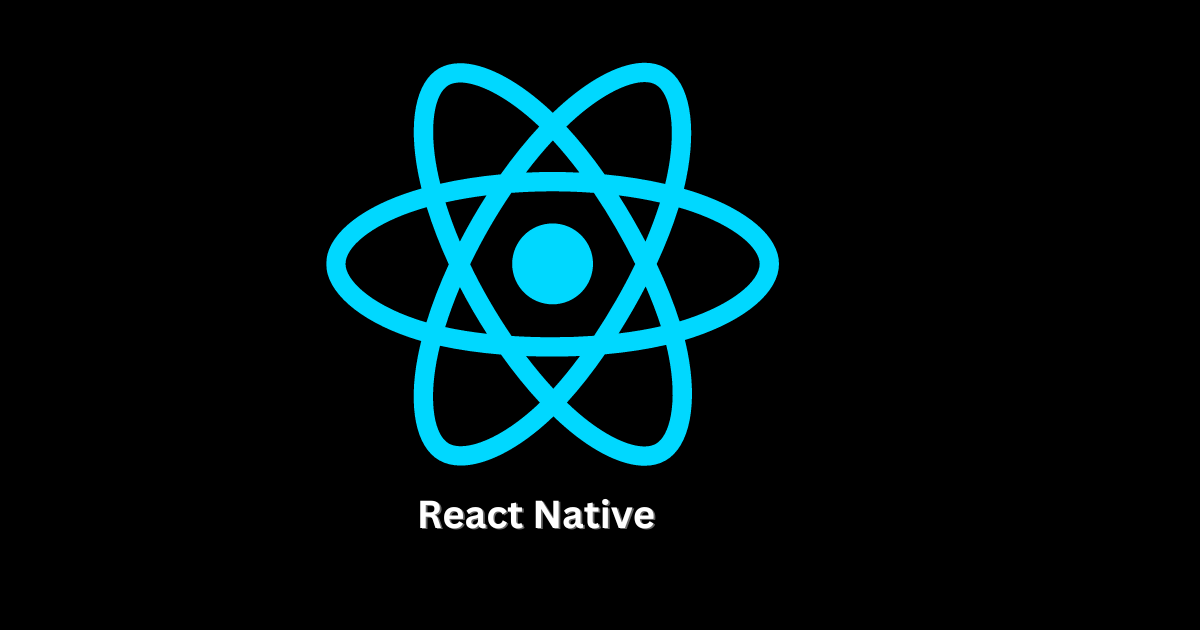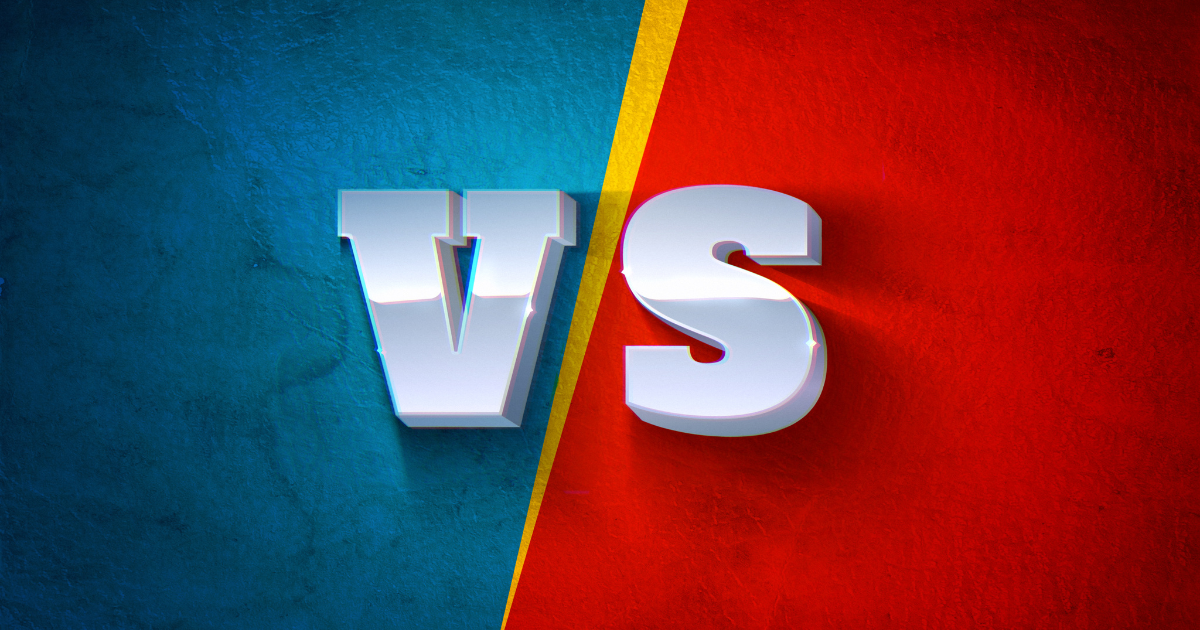Flutter vs React Native: What to Choose for Your Business in 2023
It’s no secret that the world of technology is constantly evolving. While this can be exciting, it can also be daunting for businesses that are trying to keep up with the latest trends.
One area where this is particularly true is in the realm of mobile app development. With new frameworks and tools being released all the time, it can be hard to know which one is right for your business.
In this blog post, we’ll take a closer look at Flutter and React Native so you can make an informed decision about which one is right for your business in 2023.
What is Flutter?
Flutter is an open-source UI framework developed by Google in 2017 that aims to design cross-platform apps to run on mobile, Windows, macOS, and Linux as well as on the web.
Flutter’s framework is built upon Dart. A lot of big companies like Alibaba, Philips Hue, Hamilton, etc., choose Flutter for development. Moreover, Google frequently provides updates for Flutter, improving its performance with each update.
What is React Native?
Facebook developed React Native in 2015. It is an open-source framework that is based on JavaScript.
It also provides a similar feature, using the same codebase to create cross-platform apps, thus eliminating the need to compile other technologies for creating mobile apps. Skype, Instagram, Uber Eats, etc., depends upon React Native for development.
Flutter Vs React Native: Based on Features
Flutter is an open-source mobile app development framework created by Google whereas React Native is also an open-source mobile app development framework, created by Facebook.
Flutter is different from other frameworks because it does not use the platform’s native widgets.
Instead, it uses its own set of widgets which gives apps a more consistent look and feel across both platforms whereas React Native uses the platform’s native widgets which will look slightly different on each platform but will still retain the native feel of each operating system.
The latest research showed that Flutter is placed as the leading cross-platform mobile development framework in 2021, which has surpassed React Native by 4%.
Both can help you save time and money by allowing you to develop your app only once and then deploy it to both Android and iOS devices.
Flutter Vs React Native: Based on Cost 
React Native is an open-source framework, which means that it’s free to use. That said, you’ll likely need to hire a developer (or team of developers) with React Native experience to build your app, which can add significant cost.
Flutter, on the other hand, is free and open source as well. However, because it’s still in beta, there’s a lack of experienced Flutter developers on the market. This means that you may have a hard time finding someone to build your app, and if you do find someone, they may charge premium rates.
Flutter Vs React Native: Based on Architecture
React Native enables the communication between JavaScript and the native language via the JavaScript bridge. Here’s how it works: the two sides communicate by sending JSON messages. The messaging is asynchronous, which means the app’s UI should be smooth.
Still, there’s a chance of a lagging UI in the end because the bridge impacts the rendering speed. In contrast, Flutter doesn’t require a bridge to communicate with native components. It has everything packed within itself, including frameworks like Cupertino and Material Design. Thanks to this Flutter advantage, apps are more stable and predictable on different platforms than React Native apps.
Flutter Vs React Native: Based on Installation and Initial Configuration
React Native’s configuration process is simple. Basically, you install React-Native CLI globally through the command line. Keep in mind, you will also need NodeJS and Yarn installed as a package manager. You can install Flutter by downloading the binary for a specific mobile platform.
The next step is adding it to your PATH variable. Lucky for you, this can be done via the command line. With this additional setting, though, Flutter loses points to React Native. Its installation isn’t that straightforward.
Flutter Vs React Native: Based on Code Reuse
One of the benefits of using a framework like React Native or Flutter is that you can reuse a lot of code when building your app. This means that you don’t have to start from scratch, you can simply reuse the code that you’ve already written.
React Native has an edge over Flutter in this regard, as it allows you to reuse up to 90% of your code when building for multiple platforms.
Flutter Vs React Native: Based on Native Integrations
Integrating with the native platform is one of my favorite things to do on live streams (quick plug — check out my Twitch stream and click Follow over there!). Flutter compiles the Dart code to native and has a pretty cool integration model with native code using what they call Platform Channels.
It allows synchronous native calls and lets you write in Swift and Kotlin. Flutter’s documentation is really good here. They give you all the tools you need to test and mock these right out of the box. You get a lot of templates for each platform, and have first-class support for threading via Isolates.
In React Native, there is a bit of a learning curve to integrating with native. (That’s one reason I built React Native Colo Loco — to make that experience nicer!)
Not to mention having to contend with the limitations of the React Native bridge. The documentation for native integrations is less than stellar as well.
It’s worth noting that the new React Native architecture is going to replace the bridge and bring all the advantages of native synchronous integrations to React Native, which does alleviate some of these deficiencies.
Flutter Vs React Native: Based on Hot Reloading
Hot reloading is a feature that allows you to make changes to your code and see those changes reflected in your app immediately, without having to rebuild it from scratch.
This can save a lot of time when developing an app, as you don’t have to wait for the build process to complete each time you make a change. Again, React Native has an advantage over Flutter in this area, as hot reloading works out of the box with React Native apps.
Flutter Vs React Native: Based on Unified UI Experience
Flutter renders its UI using Skia and unifies its look and feel across all platforms. This lets them optimize the performance and do custom UIs without being constrained by the platform’s primitives.
React Native, on the other hand, uses UIKit on iOS, Android’s layout system on Android, and the DOM on the web. This means that while you can build very similar-looking apps, they will be flavored by each platform’s interpretation.
One criticism of Flutter is that it has to reinvent all kinds of things the platforms have already mostly solved, like accessibility, font scaling, and more. To be fair, they’ve done a fairly good job of this (by using lower-level built-in platform hooks), but this is yet another thing they have to re-implement that React Native can more or less rely on the platform primitives to provide.
It’s worth noting that Google developers have said that a unified experience is no longer a core goal. This doesn’t seem to match very well with Flutter’s approach.
Flutter Vs React Native: Based on Performance
When it comes to performance, React Native has a clear edge. Because it uses native components, React Native apps tend to perform better than those built with other cross-platform frameworks like Ionic or Cordova. Additionally, React Native apps are indistinguishable from native apps built with Java or Objective-C.
Flutter also boasts high-performance levels thanks to its use of the Dart programming language. Dart compiles directly into native code without needing an intermediate JavaScript bridge which makes for fast start-up times and smooth animations.
However, because Flutter is still in beta, some stability issues need to be ironed out before it can be considered a truly enterprise-ready solution.
Flutter Vs React Native: Based on Language
Flutter uses Dart, which is not as popular as JavaScript (the language used by React Native). However, Dart is easy to learn if you’re already familiar with JavaScript or another object-oriented programming language.
Flutter Vs React Native: Based on Developer Experience
React Native wins when it comes to developer experience. That’s because React Native uses JavaScript, a language that is familiar to most web developers.
Further, because React Native uses the same UI Components as regular ReactJS applications, developers can easily port their existing web code over to mobile devices.
Differences in Dart syntax can trip up developers who are new to the language but once they get past the learning curve, they’ll find that Dart is easy to read and write.
Flutter Vs React Native: Based on CI/CD Support
React Native doesn’t have a CI/CD solution for App Store or Google Play delivery. Unfortunately, only manual deployment for Google Play is documented.
And you won’t find any proper guide for deploying an app to the App Store. To automate your delivery and deployment, you must use a third-party solution, such as Fastlane or Bitrise. By contrast, Flutter has a well-documented guide for building and deploying both iOS and Android apps.
You can deploy your application simply by using CLI (command line interface). And if you need advanced automatization (e.g., automated screenshots), you can use third-party solutions.
Flutter Vs React Native: Based on Developer Productivity
Developer productivity is the key to building apps faster. In this regard, it’s very important to be able to focus on app development without any kind of wait or distraction. If the developer is skilled in JavaScript, then it’s fairly easy to use those skills for cross-platform app development.
React Native has a hot reload feature which saves a lot of developer time while testing the changes in the UI. In terms of IDE support, developers are free to use any text editor or IDE of their choice. Flutter also has a hot reload feature and it’s very easy to get started with the demo app.
However, as the complexity of apps grows, developers would need to learn and adopt the new Flutter concepts. In addition, Dart is not a common programming language and there is a lack of support for it in many IDEs and text editors.
Flutter Vs React Native: Based on Community Support
If you’re looking for help when developing your app, it’s important to consider the size and active nature of each framework’s community. The React Native community is very active, with regular meetups and events being held around the world.
In contrast, the Flutter community is still relatively small – but it is growing quickly. choosing between these two frameworks, community support shouldn’t be a major consideration.
Summing Up – Flutter Vs React Native
Though Flutter and React Native are performing well in their aspects there is no clear winner when it comes to choosing between them. The best way to decide which framework is right for your project is to consider your specific needs and requirements.
If you need a fast and responsive app with good test coverage, then Flutter may be the right choice for you. If you need more control over the UI components in your app, then React Native may be a better option. Ultimately, the decision comes down to what you value most in a framework.
Do what suits your business and requirements!















